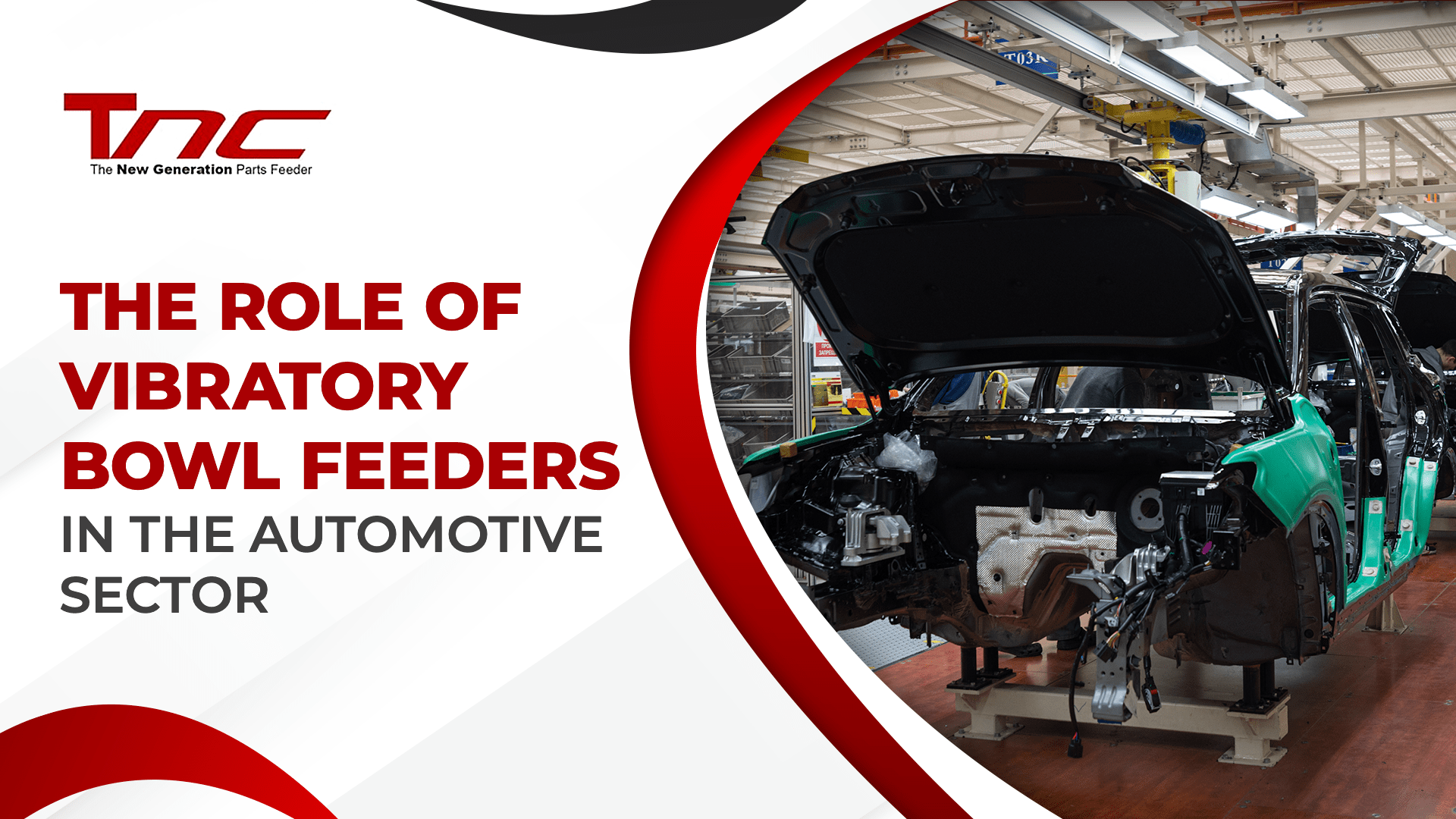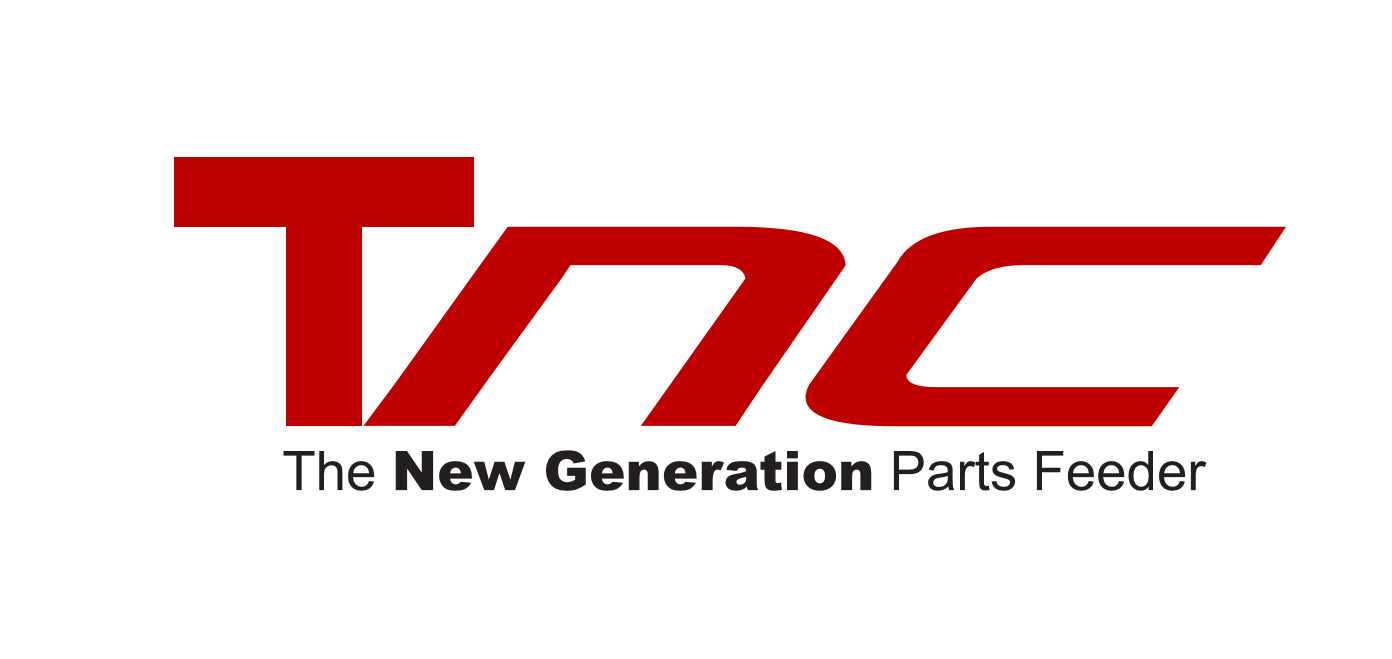
04 Mar The Role of Vibratory Bowl Feeder in Automotive Industry Sector
The automotive industry thrives on efficiency, precision, and automation. With increasing demands for high-speed production and quality control, manufacturers rely heavily on automated part feeding systems to streamline assembly processes. Among these, vibratory bowl feeders play a crucial role in ensuring smooth and consistent component handling.
This blog post explores the significance of vibratory bowl feeders in the automotive sector and how advanced feeding systems contribute to improved efficiency and productivity.
The Importance of Feeding Systems in Automotive Manufacturing
Automotive production involves assembling thousands of components, from small screws and fasteners to intricate electronic parts. To ensure seamless manufacturing, automated feeding systems optimize material handling and part orientation. These systems are essential for:
- Enhancing automation in manufacturing lines
- Reducing human intervention and minimizing errors
- Increasing production efficiency and consistency
- Ensuring precise orientation and placement of components
Among the various feeding solutions, vibratory bowl feeders are widely used due to their reliability, speed, and cost-effectiveness.
How Vibratory Bowl Feeders Enhance Automotive Assembly
Vibratory bowl feeders are among the most widely used feeding solutions in the automotive sector. These devices utilize controlled feeder vibration to move and orient parts in a consistent manner before they enter the assembly line. The key benefits of using vibratory bowl feeders in automotive applications include:
High-Speed and Efficient Part Feeding
Vibratory bowl feeders are designed to handle large volumes of small and medium-sized parts efficiently. Their ability to operate continuously at high speeds makes them indispensable for automotive manufacturing processes that require rapid assembly.
Precision in Part Orientation
Proper part orientation is crucial in automated assembly lines. Vibratory bowl feeders ensure that components are aligned correctly before reaching the next stage of production, reducing assembly errors and improving overall accuracy.
Versatility in Handling Different Components
From bolts and washers to electronic connectors, vibratory bowl feeders can be customized to handle various automotive parts. Manufacturers can adjust the feeder settings to accommodate different shapes, sizes, and materials.
Cost-Effective and Low Maintenance
Compared to other part feeding systems, vibratory bowl feeders require minimal maintenance and offer a long lifespan. Their robust design ensures reliable operation, making them a cost-effective solution for automotive manufacturers.
Applications of Vibratory Bowl Feeders in the Automotive Industry
Vibratory bowl feeders find diverse applications across the automotive sector, ensuring efficient and precise component handling. Some of the key components that bowl feeders handle include:
Fasteners and Screws
Bolts, nuts, and screws are commonly used in vehicle assembly. Vibratory bowl feeders ensure these components are properly oriented and ready for seamless integration.
Electrical Components
Automobiles rely on numerous electrical connections for various functions. Vibratory bowl feeders carefully handle delicate electrical connectors, sensors, and relays, ensuring proper alignment to prevent faults in a vehicle’s electrical system.
Buttons and Switches
Automotive assembly involves numerous small but crucial components such as buttons, switches, clips, and brackets. Vibratory bowl feeders facilitate their precise positioning, ensuring that they are correctly oriented before placement.
Plastic and Rubber Components
Parts made from plastic and rubber, such as gaskets, seals, and small molded components, require careful handling due to their flexible nature. Vibratory bowl feeders provide an efficient way to sort and feed these parts without causing deformation or damage.
Conclusion
Feeder machines, particularly vibratory bowl feeders, play a vital role in optimizing automotive manufacturing processes. Their ability to handle and orient components efficiently ensures smooth assembly operations, reducing downtime and enhancing productivity. As the automotive industry continues to embrace automation, investing in advanced feeder vibration technologies and part feeding systems will be key to maintaining high production standards.
By choosing the right feeding system, automotive manufacturers can improve operational efficiency, minimize errors, and achieve greater consistency in their production lines. As technology advances, innovative solutions in part feeding will further enhance the capabilities of automotive automation, paving the way for a more efficient and precise manufacturing future.
Looking for a customized feeder solution?
TNC Technology, one of the leading rotary feeder manufacturers, specializes in high-performance bowl feeders and part feeding systems designed for maximum efficiency and reliability. Contact us today to find the perfect feeding solution for your automation needs!



 TH
TH 